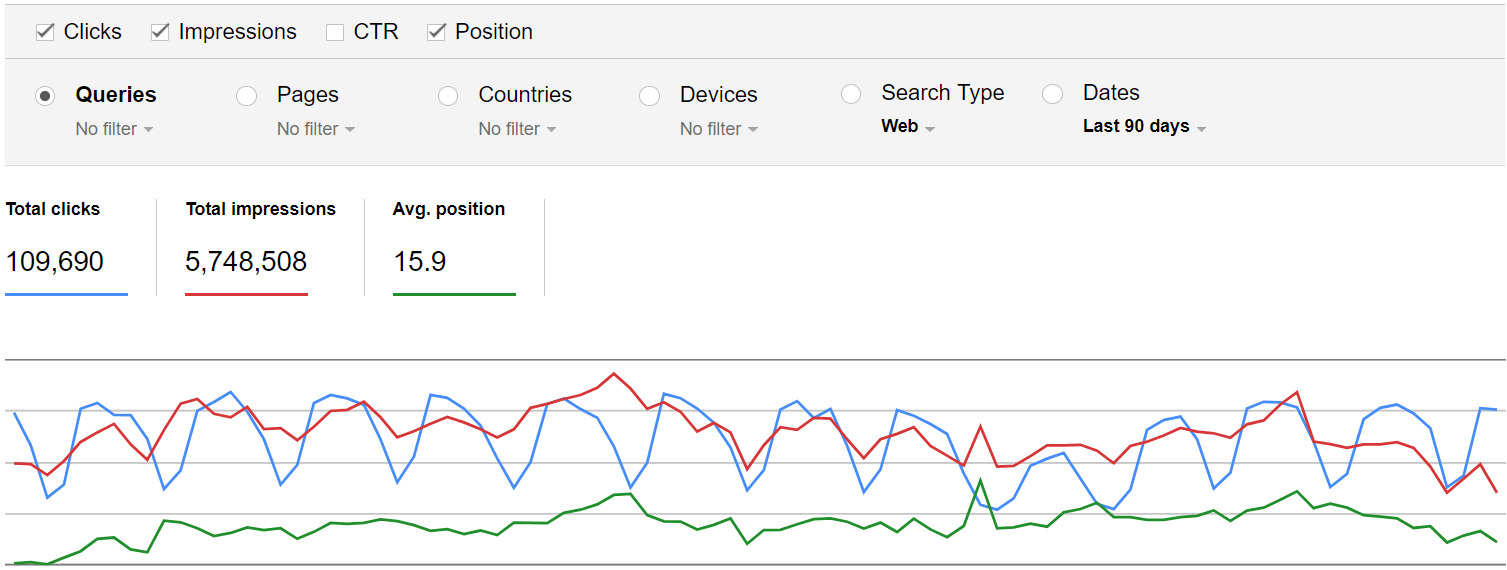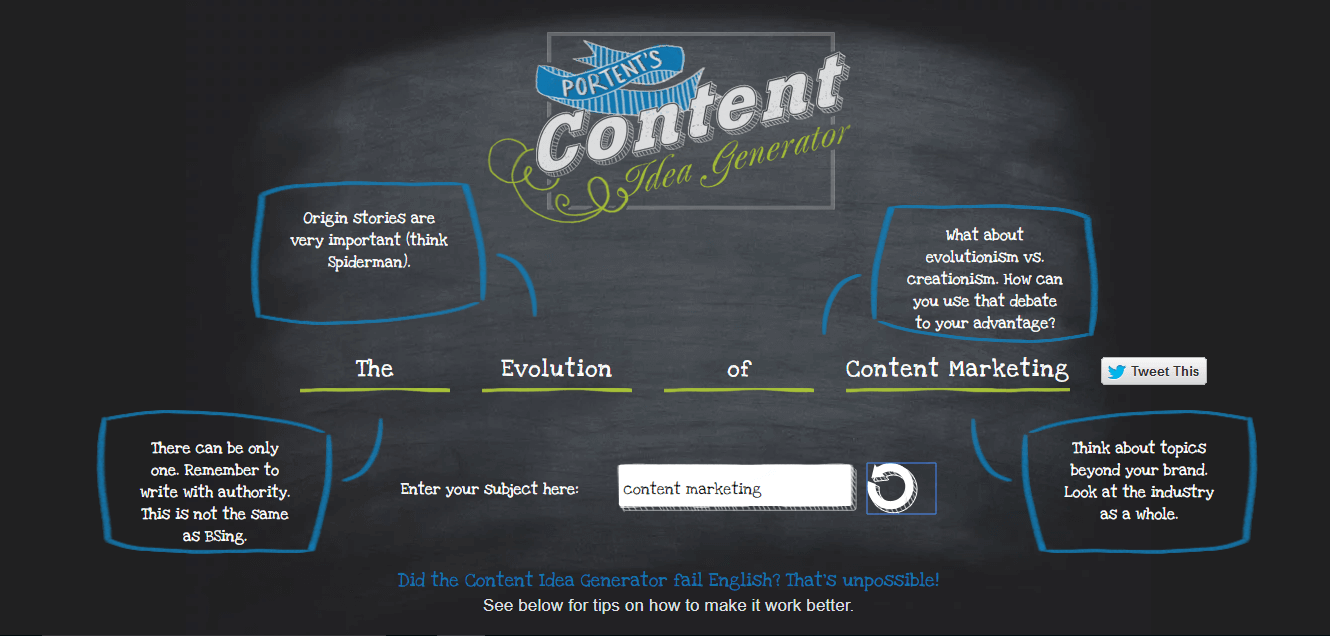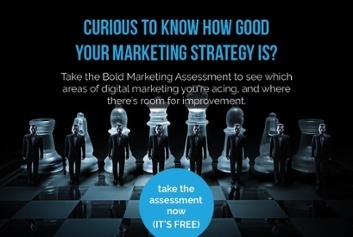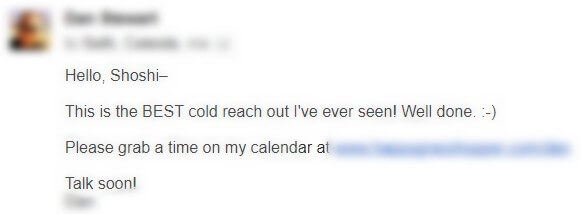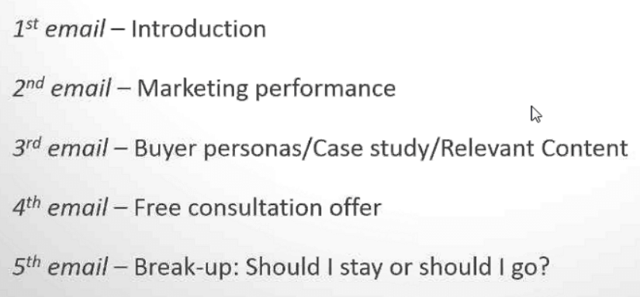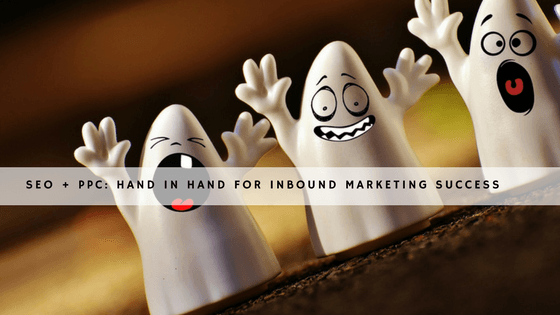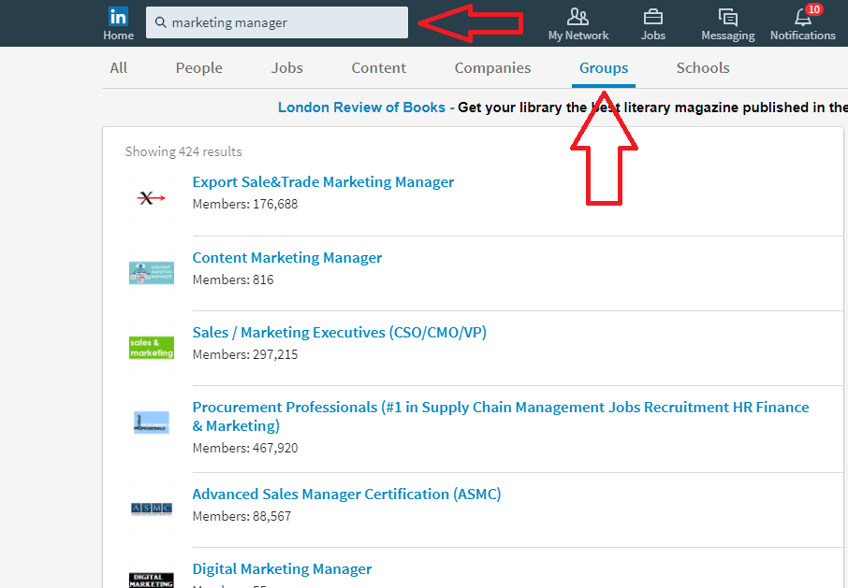John Doe
Architect & Engineer
We love that guy

The following may come across as offensive, but my intentions are good so I’m going to go ahead and say it. Having your startup mentioned in the press can be exciting. You’re now a big shot and success is celebrated, yet too many times it’s celebrated regardless of your actual success. It’s OK, it’s the name of the game, positioning matters. BUT don’t let your ego overwhelm you on the path to actual success that’s truly worth press mentions. My advice? Play the game, let mom brag to the entire neighbourhood, but keep your business goals in mind. Don’t forget – PR without proper marketing to back it up can only get you so far. If you don’t achieve your business goals, your exciting press mention will literally become yesterday’s news, and unfortunately, so will your startup. So, here are my humble 2 cents on what you need to consider when putting together your growth budget and planning your next steps.
Ground control to Major founder – what are your business goals?
If the answer is “to become a unicorn and then monetize” – that’s cool. A company that does not shoot for the stars, doesn’t stand a chance of getting there. However, I strongly advise combining your stretch goals with specific, measurable, realistic, and time-bound goals. I know, you do not want to enter a state of mind that locks you down to only attempting achievable things. Having high aspirations is great but if you don’t have a roadmap and you’re counting on your product or service being so amazing that it’ll shift to exponential growth mode and navigate itself, odds are against you. Your goals should sound something along the lines of “we’d like to reach X free users within 6 months, that will enable us to do ABC and through that expand to XYZ”. Now consider, how are you going to reach your goals?
Be clear on whose attention you’re trying to grab
Who are the people who are your ideal customers? The early adopters that will help ignite your growth? The members of the tribe you’re nurturing? When focusing on a PR approach it’s sometimes easy to forget that you’re not selling to “everyone”. I love this quote by Derek Sivers the founder of CD Baby: “It’s a big world, you can loudly leave out 99% of it. Have the confidence to know that when you target 1%, that 1% will come to you because you’ve shown them how much you value them”.
The smart way to approach this is to map out who your buyer personas are. That means portraying a fictional representation of your ideal customers. Research and be crystal clear on who you are aiming to turn into customers:
- What are their demographics? Hobbies, occupation and family status?
- If relevant, speak with your current customers, find out why they chose your company, what are the benefits that appealed to them.
- Where do they go to for information?
- What slang do they use?
Once you understand the above you’ll be able to align your entire messaging so that it adds value to them alone. But how?
Step out of your shoes and into your target audience’s shoes
No matter what you’re selling, the sum of the features you’re offering is greater than its parts. Good marketing is about a story, with a narrative and a hero. The hero isn’t you, it’s your target audience. Your solution is the catharsis, but the journey is theirs and the deeper you understand them and where you fit into that journey, the better you’ll do. Instead of focusing on yourself and how amazing you are, focus on them. Don’t interrupt them and try to sell to them before they’re ready. Understand their journey. There are 3 typical stages to the active research process a potential buyer goes through leading to a purchase:
- Awareness – your prospects are experiencing symptoms of a problem and are researching online to find a solution
- Consideration – based on the research they’ve conducted your prospects are now more informed and aware of the possible solutions to their problem. Ideally, they are now considering your solution as well.
- Decision – your prospects decide who to buy from
What can you do to get in front of your prospects during the different stages of their buyer’s journey and leverage it?
- Create content that is oriented to helping your prospects figure out what they’re looking to learn at the different stages of their journey
- Promote that content through:
- Social media
- Paid advertising
- SEO
- You’ve guessed it – PR (more about that a little further below)
- Do your best to capture the details of the people reading your content using calls to action such as this one:
- Once you capture their details, nurture a relationship with them through emails and social media
- Only sell to them when they’ve shown concrete interest in your solution
So where does PR fit in?
Understand that PR is a megaphone that can help amplify the rest of your efforts. you can leverage and adjust your mindset to align with the above in two main ways:
- Make sure you get mentioned in relevant publications that your target audience is exposed to. They’re the ones you should care about, if they’re not the readers of the publication that mentioned you, how does the mention truly help your positioning?In this respect here’s how PR can be leveraged per each stage of the buyer’s journey:- Awareness – when searching for a solution to a problem, stumbling upon an expert opinion published by one of your team members in a well-known publication can help add credibility to your content in the eyes of the prospect
– Consideration – when deliberating between different solutions, PR can help make your solution stand out.
– Decision – being mentioned as a recommended solution can definitely help tilt the scales in your favor. - When getting mentioned, ALWAYS MAKE SURE TO GET A LINK BACK TO YOUR WEBSITE FROM THE RELEVANT PUBLICATION.
This one is painful. I see many startups spend embarrassing amounts of money on PR, nail a prestigious mention but don’t get a link back to their website. What a waste! A relevant link to your website from a publication that has a high authority in the eyes of Google is an SEO jackpot.
Final thoughts,
It’s nice to get mentioned in the press but don’t get ahead of yourself. Don’t crack open the champagne and celebrate the mention as an end goal of success. PR is a means to an end.
Always remember your goals, who’s radar you’re trying to get under, how you can add the most value to them, and get ahead of them during the different stages of their buyer’s journey, eventually helping them choose you. To paraphrase great Steve Jobs “Stay Hungry. Stay Focused”.





